At the top of the slide, the trail exits on the left into the forest again where in a matter of a minutes you hit the summit proper - a rocky outcropping. We drank some water here (drinking on the slide was almost impossible) and met up with a female hiker who had come up from another trail and wanted to hike down to the slide to see the view. There are no real views or lookouts off the actual summit. We took off on the ridge trail towards Middle Tripyramid and descended a few hundred feet before climbing back up. Just before the Middle Summit, we met up with a local male hiker who was on his way down. On the summit proper, we spoke to a hiker from Boston who also called us crazy for ascending the slide!
We took a quick summit shot and headed over to South Tripyramid. Here we sat down on the summit to have lunch and to send a Garmin inReach message to my husband to coordinate a pick up time after forgetting my phone in the car. Sidebar: I got a U.S. cell phone plan and love it! Not too far of the South Tripyramind summit a rocky slide with lots of loose rock descends steeply for 1000ft. We intently paid attention to every footstep. Today I was using my husband's hiking poles which I needed for balance and jumping down off big rocks. On the slide, we got hammered by UV rays from the sun. Finally at the bottom, we entered the shaded forest and marched out the lovely dirt ramp all the way back to the Livermore Road. As we walked out, we were passed by several mountain biking parties. Deb and I were chatting and not paying attention to our footing on this easy terrain where she tripped and fell forward scraped a few body parts but wasn't injured seriously. We met up with Glenn who walked in to meet us.
I thoroughly enjoyed this hike - the slides were so much fun! I wouldn't want to to it on a icy day but today (Friday July 19th, 2024) was perfect!
Hike Stats:
Distance: 17.75km
Elevation: 930m
Time: 6hrs, 13mins
NE115er list: Peak #93 and #94




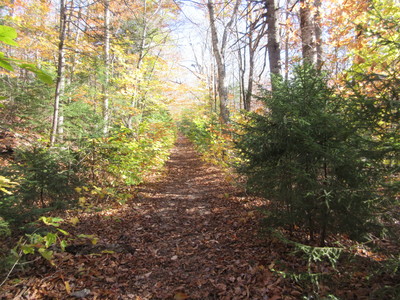





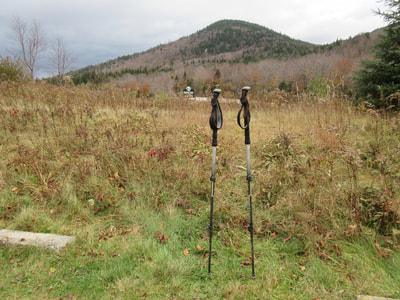





















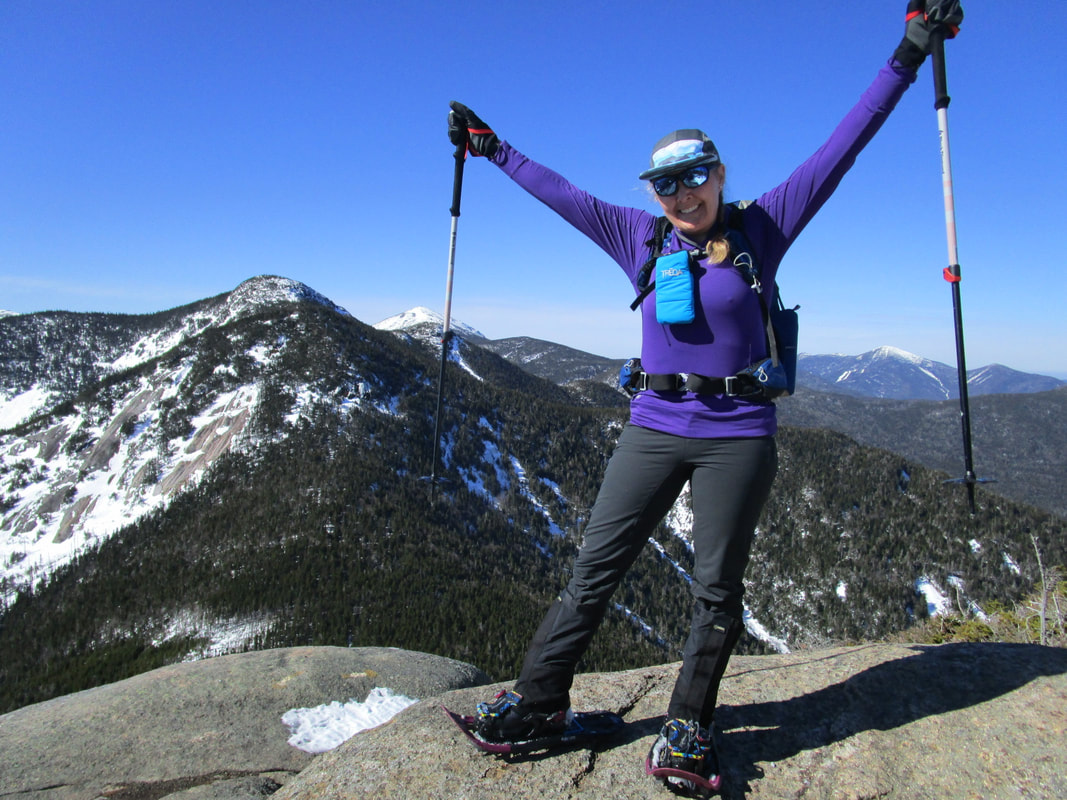
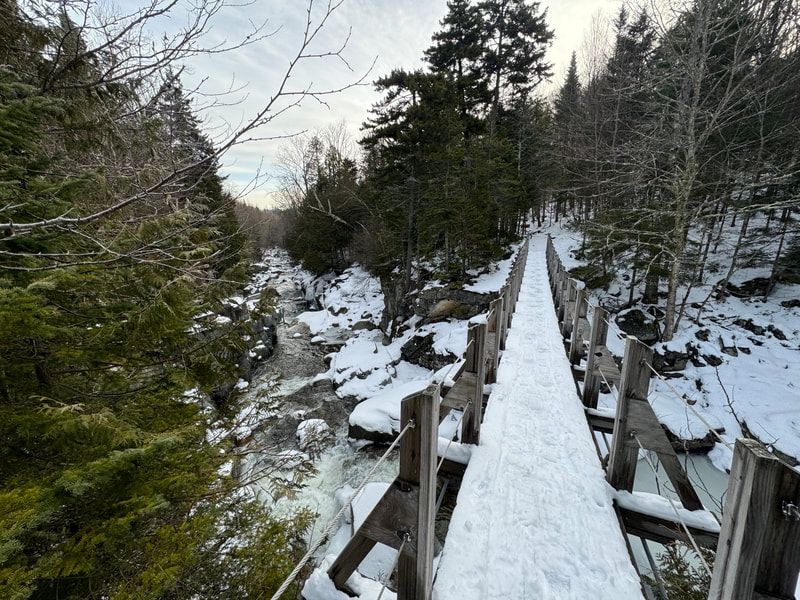
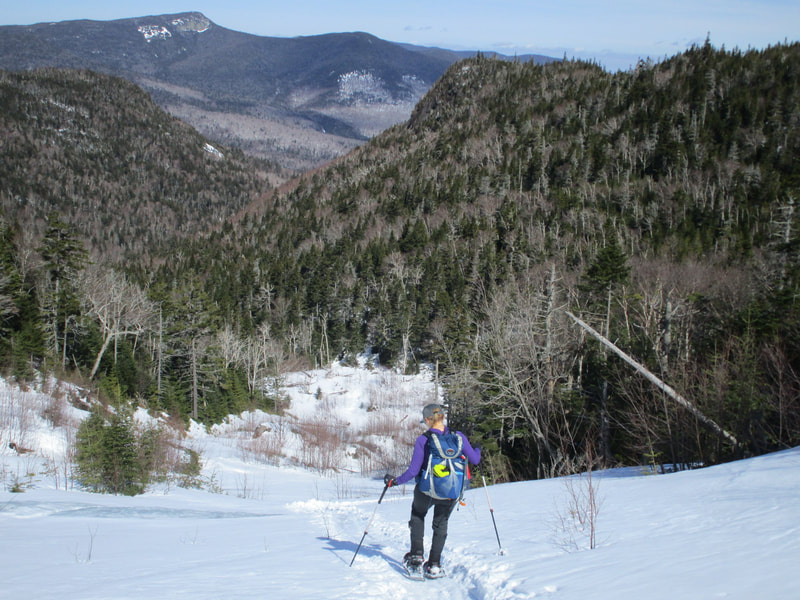
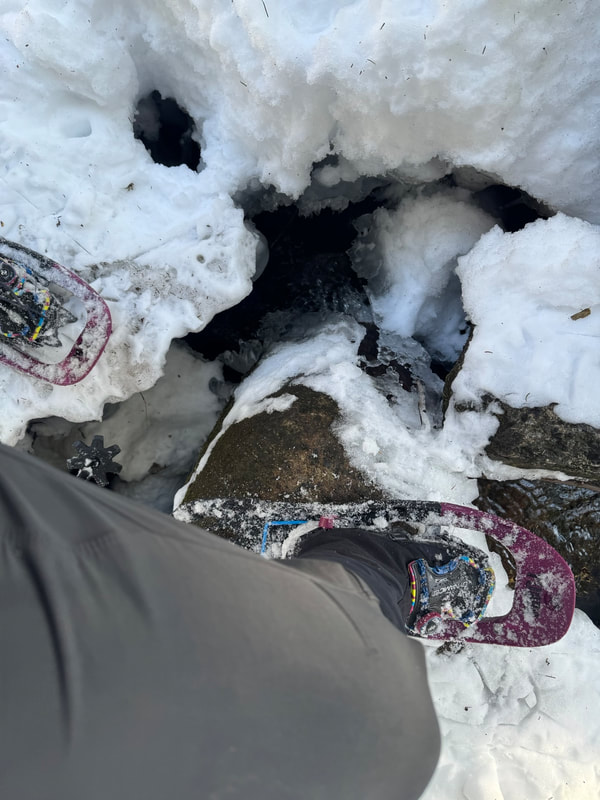
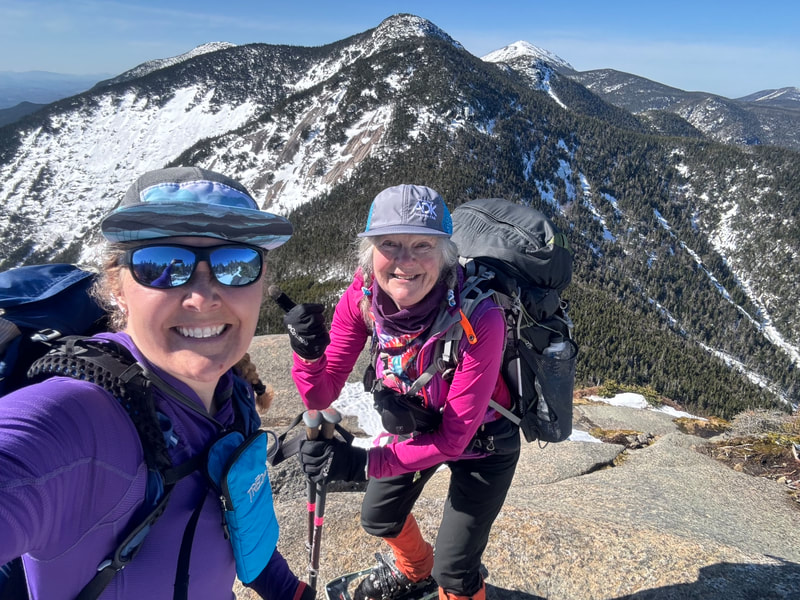
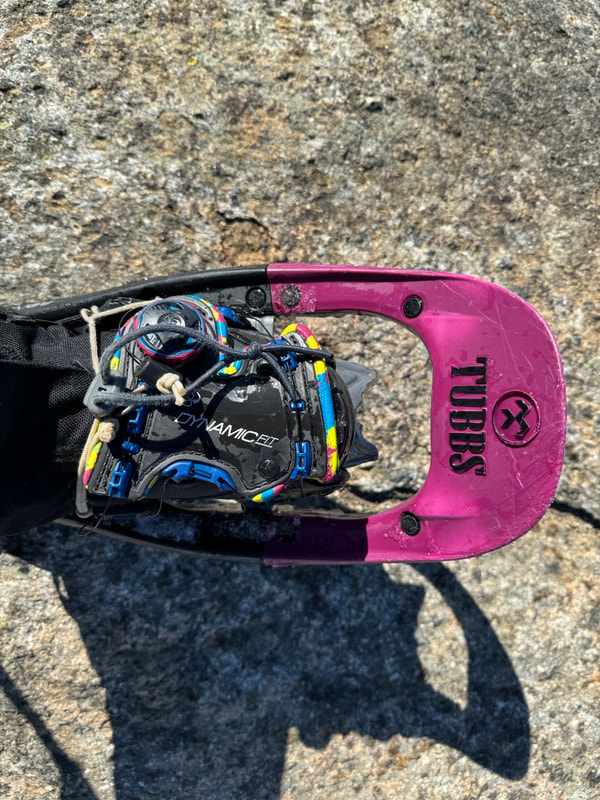
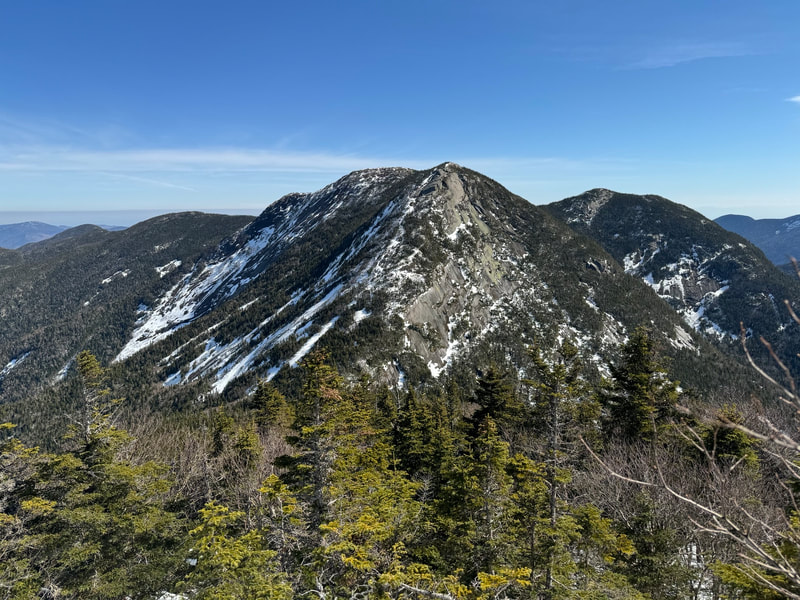
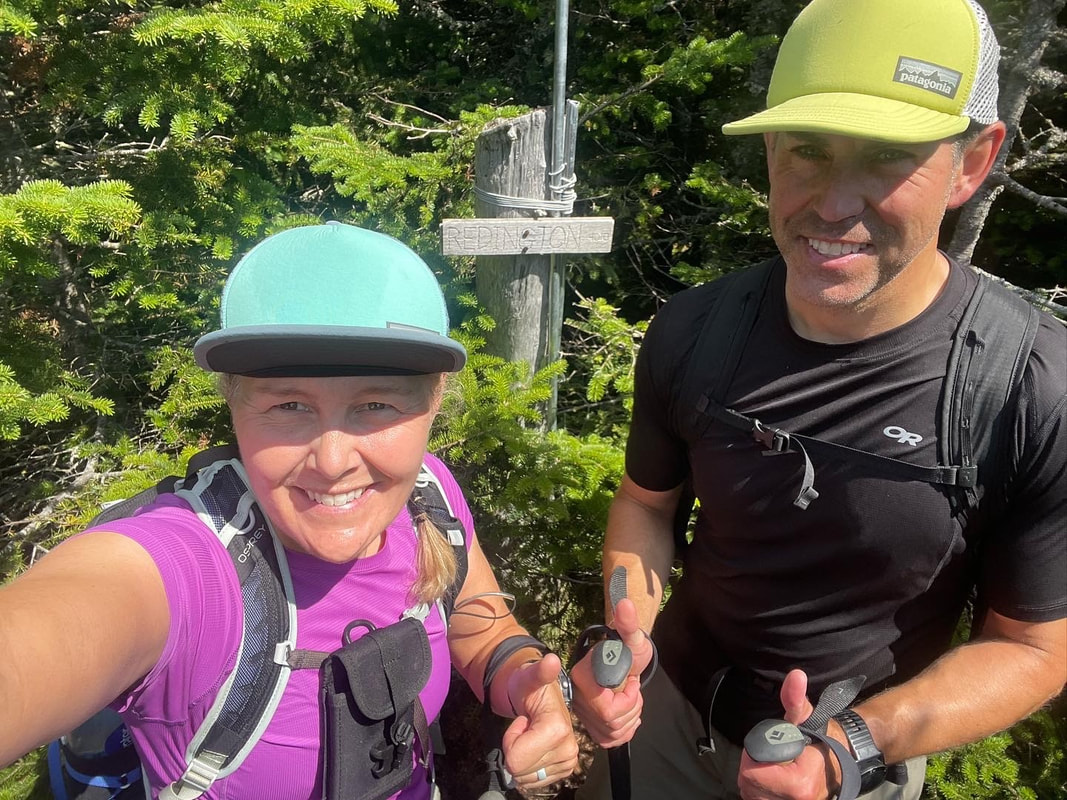
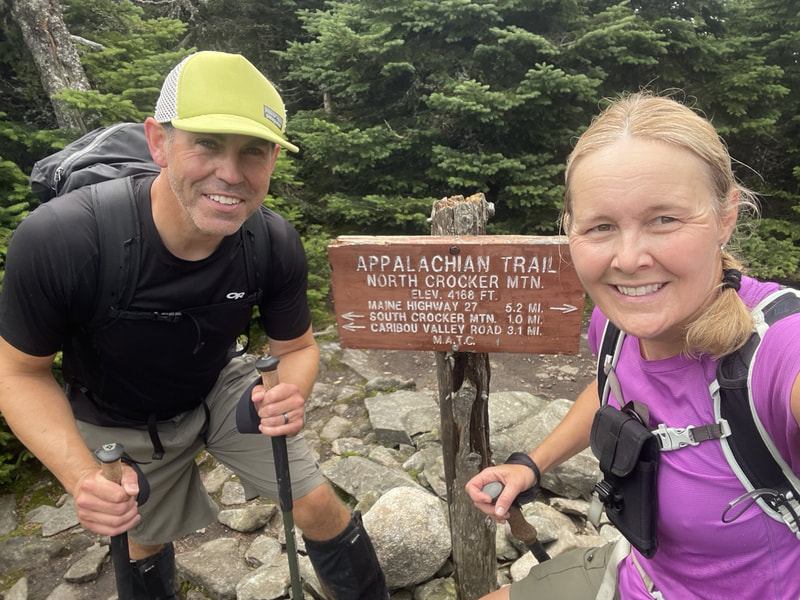
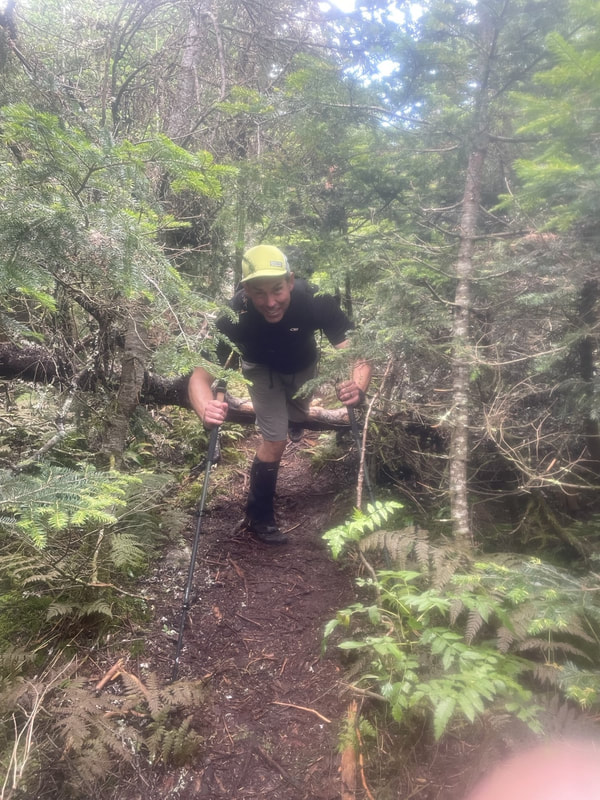
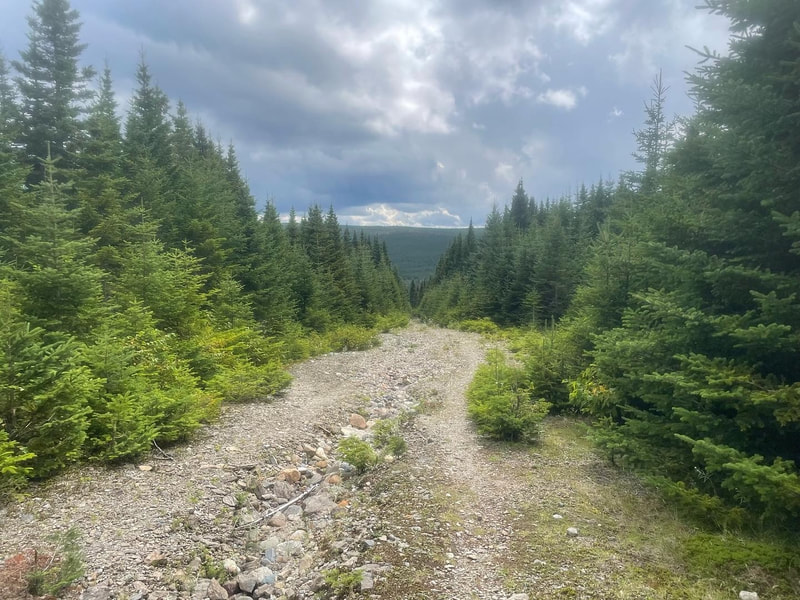
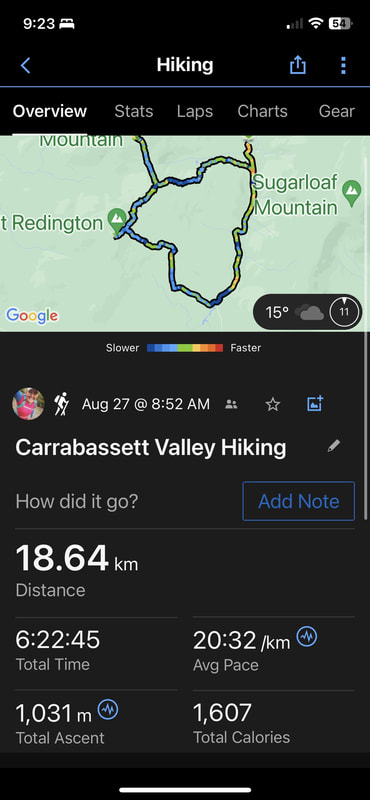
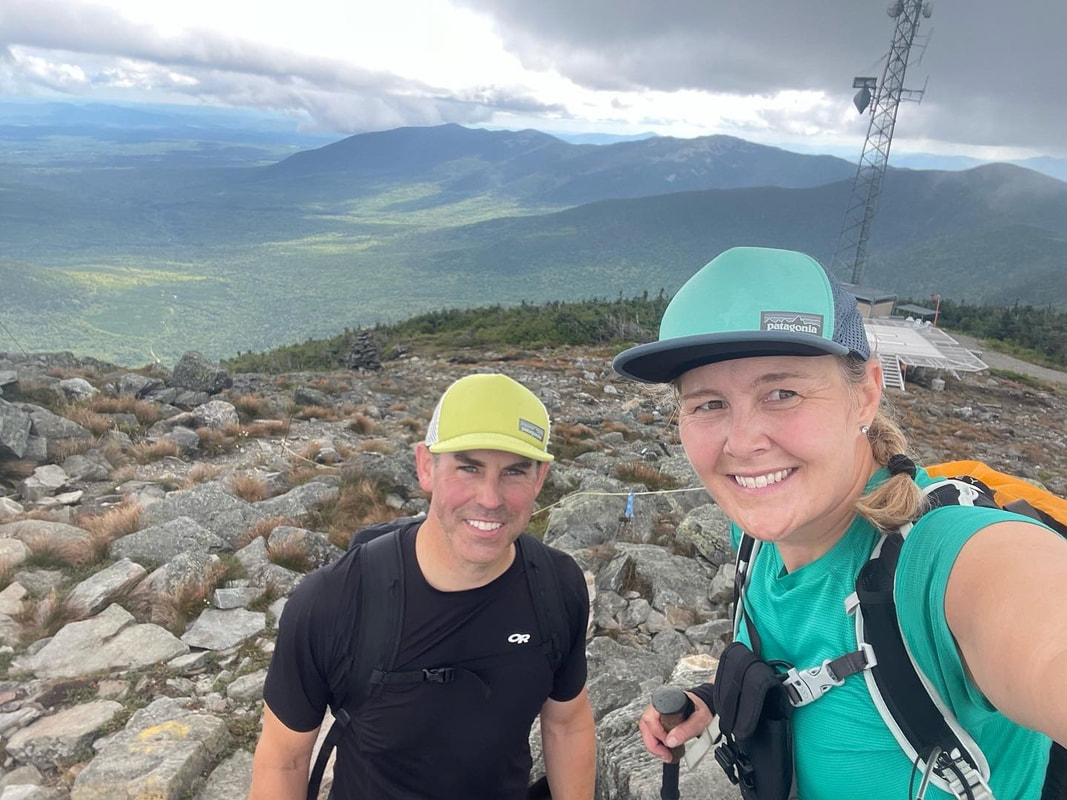
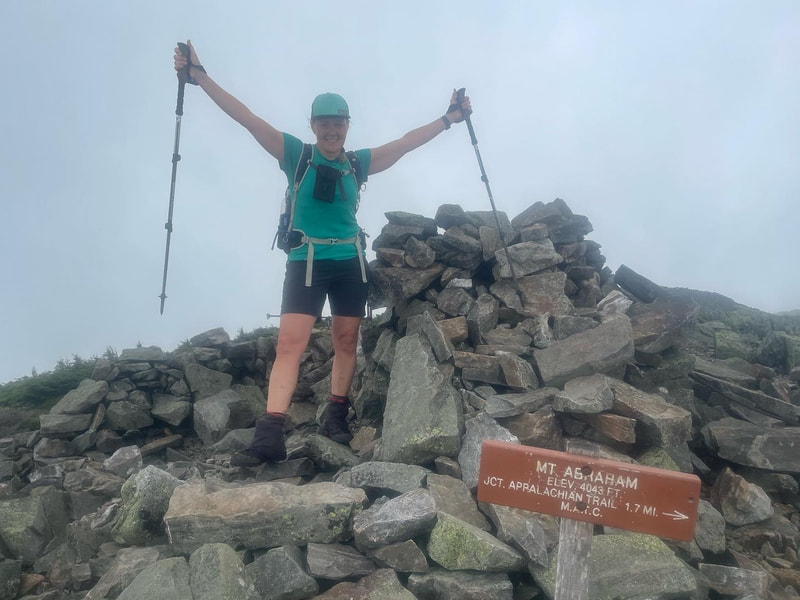
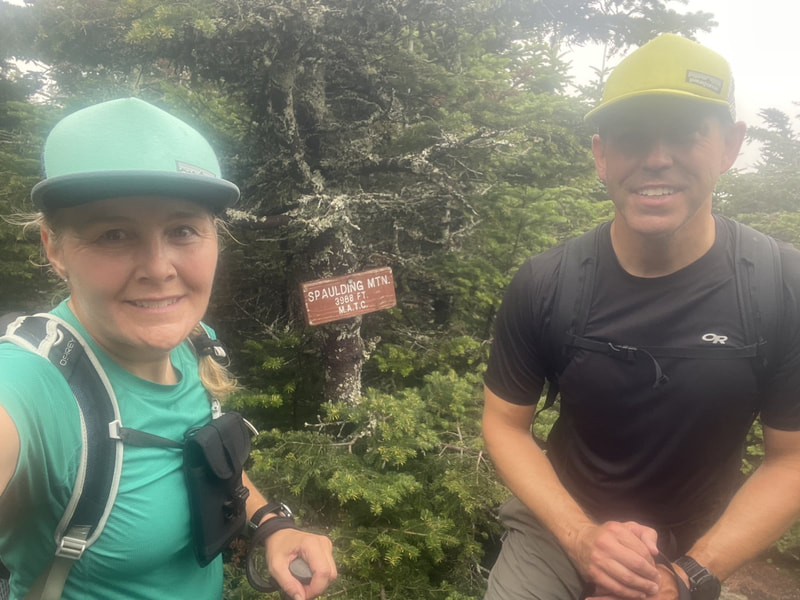
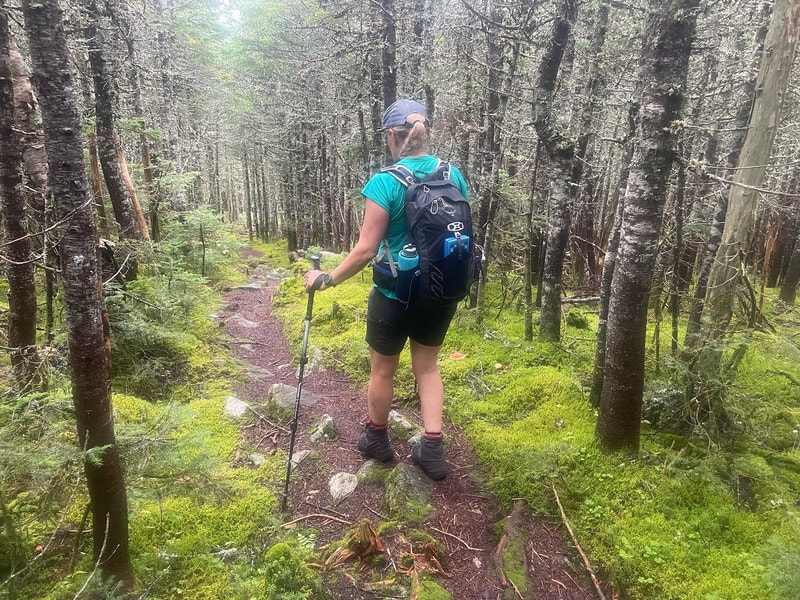
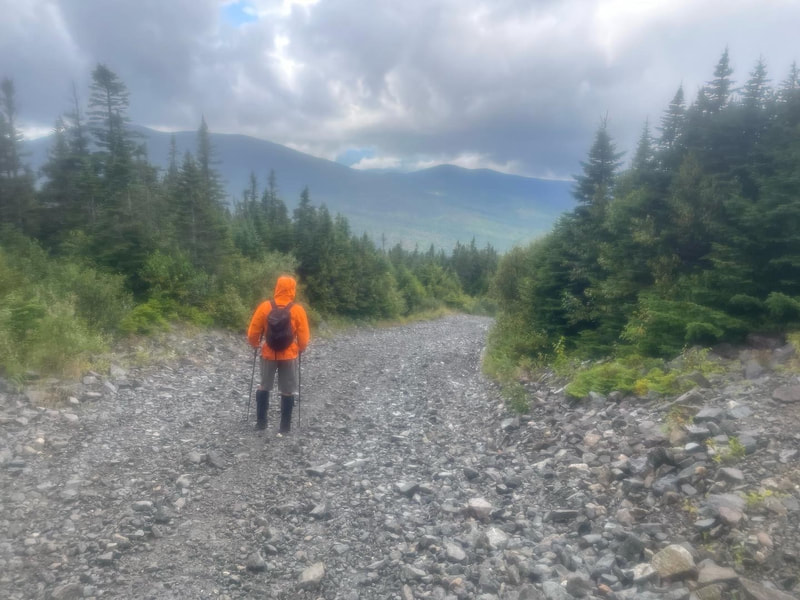
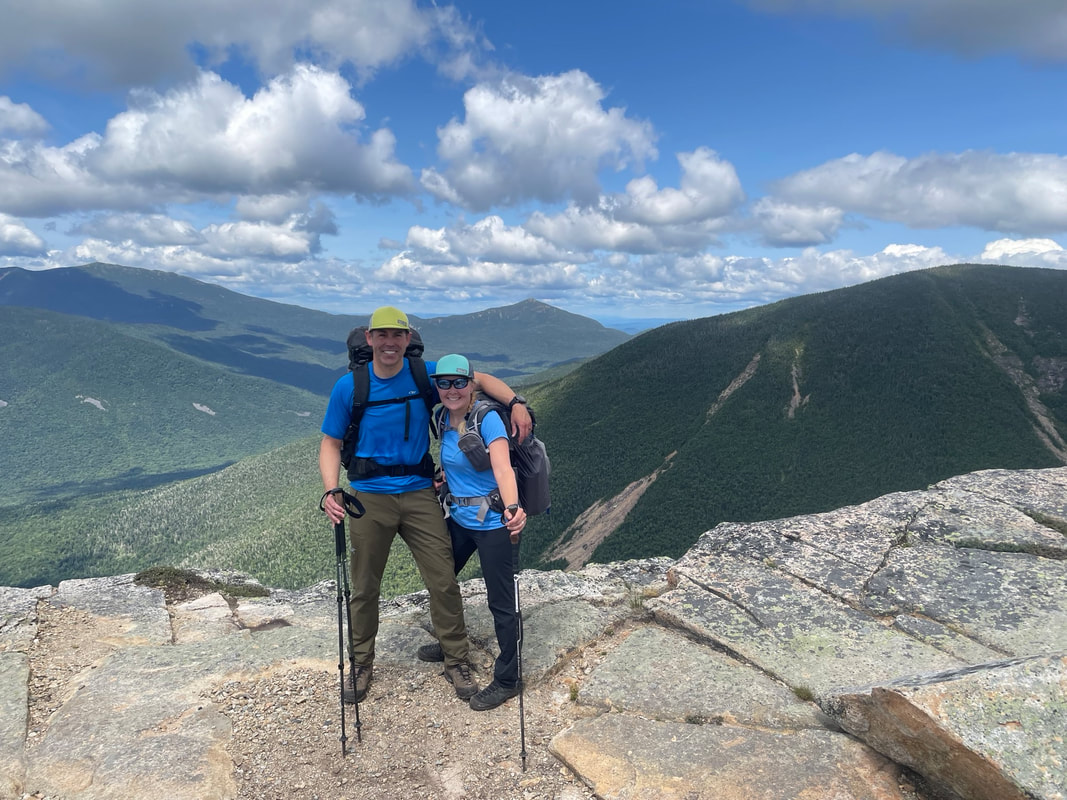
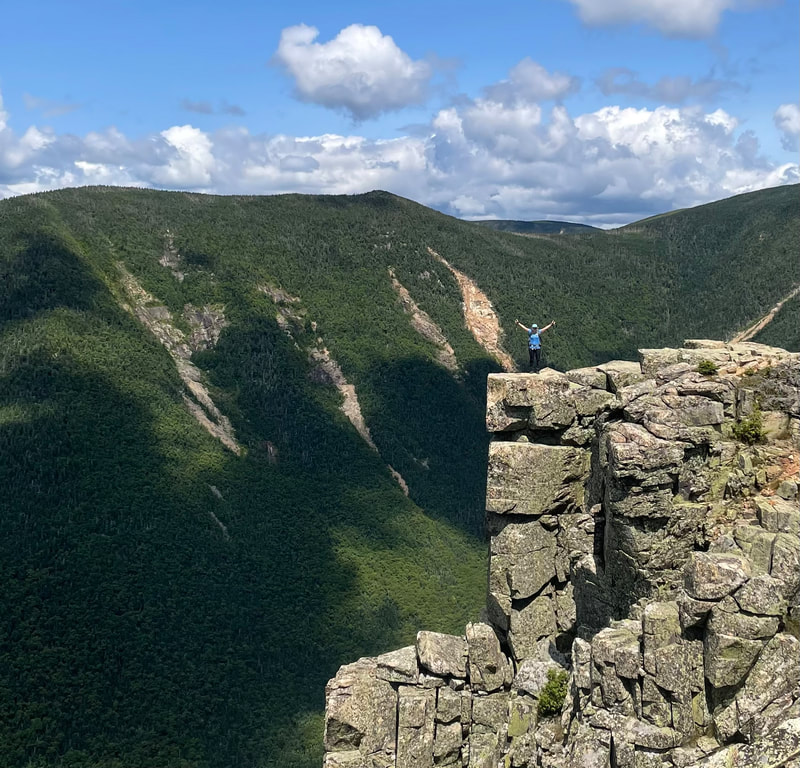

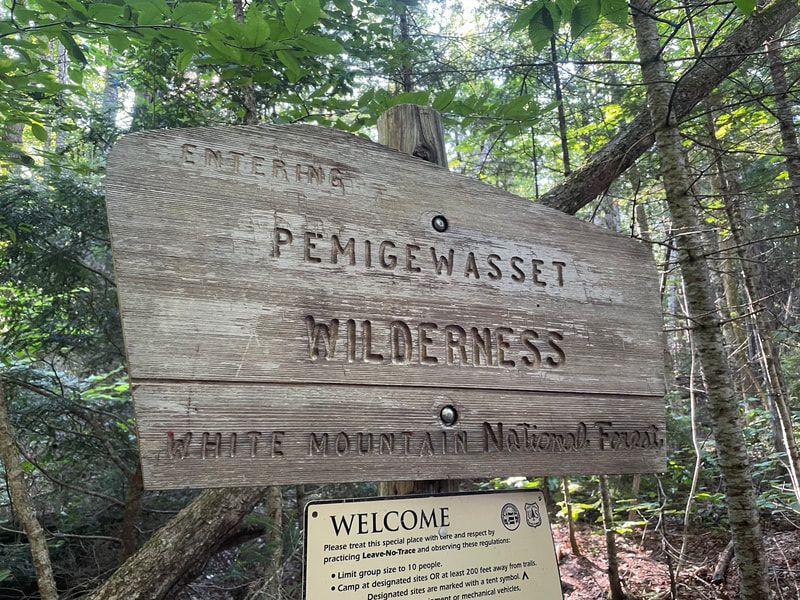
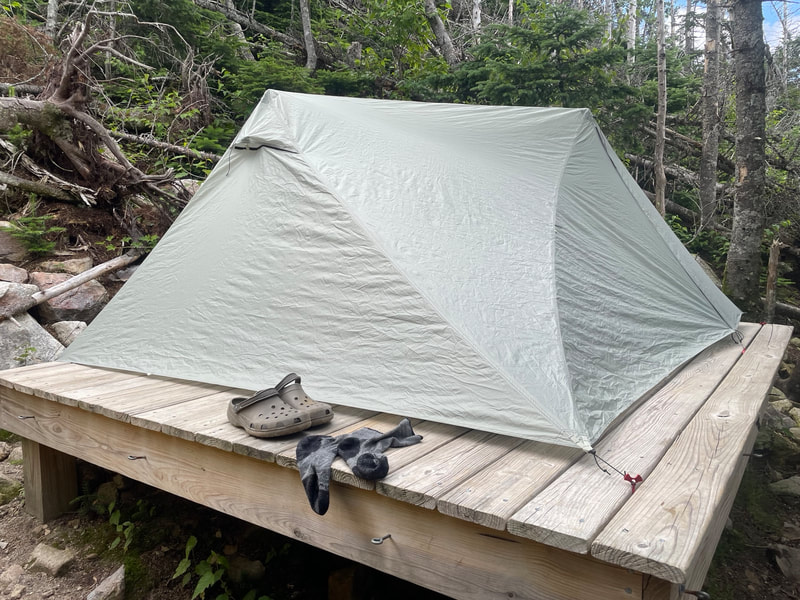
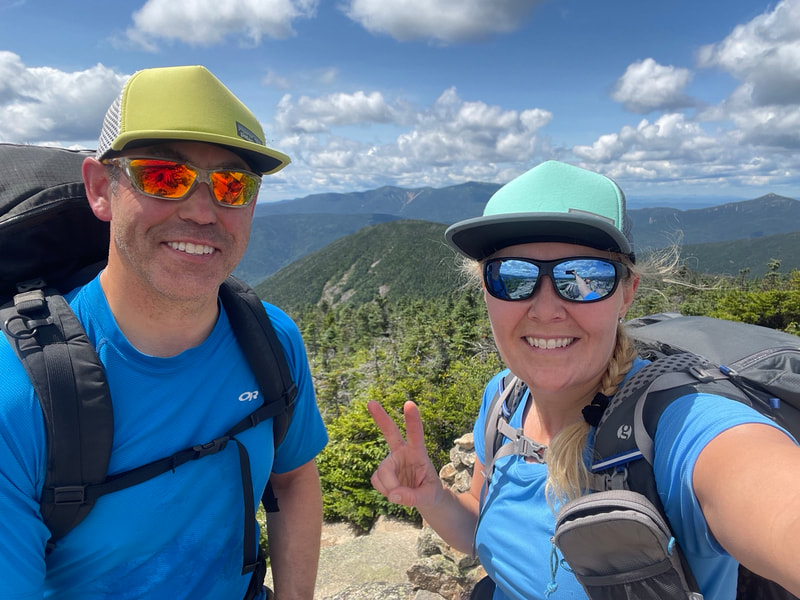
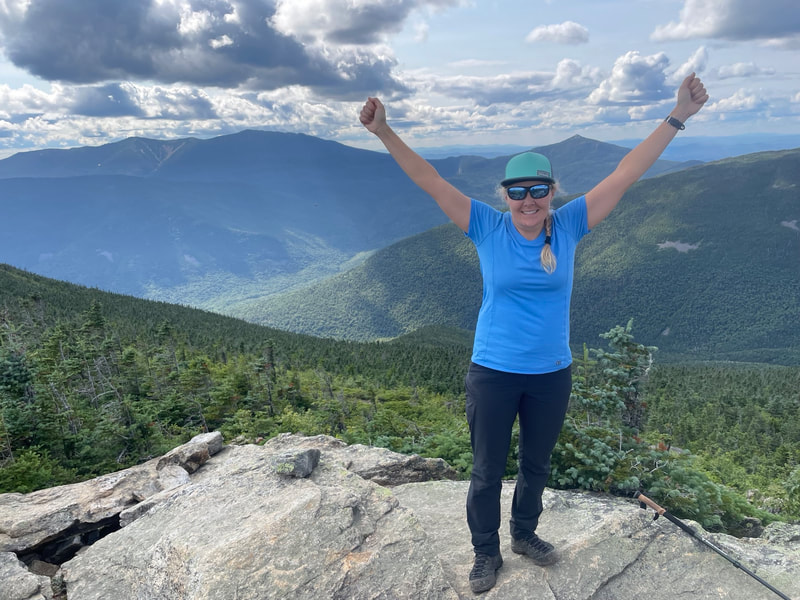
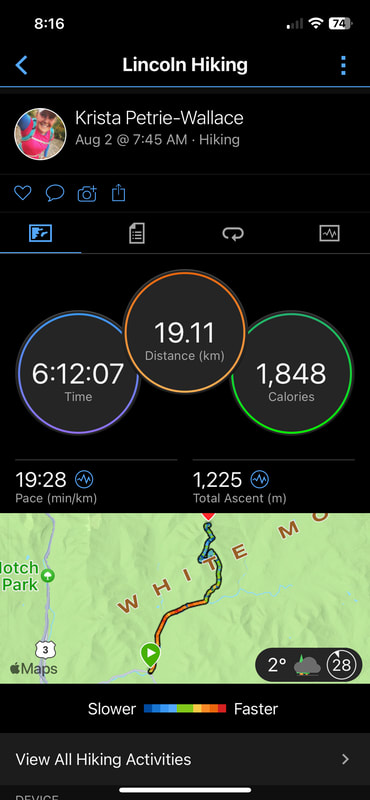
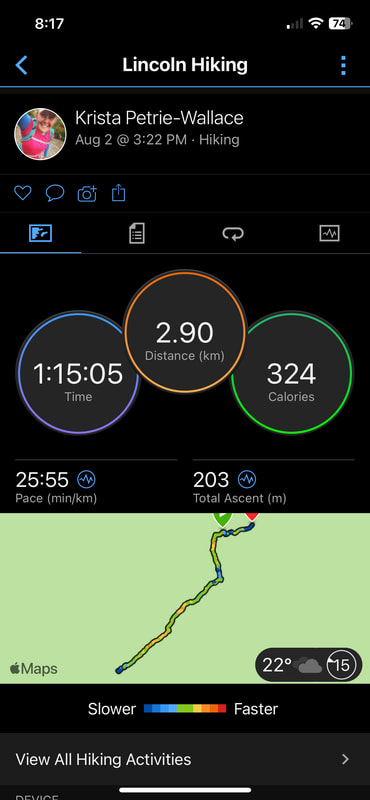
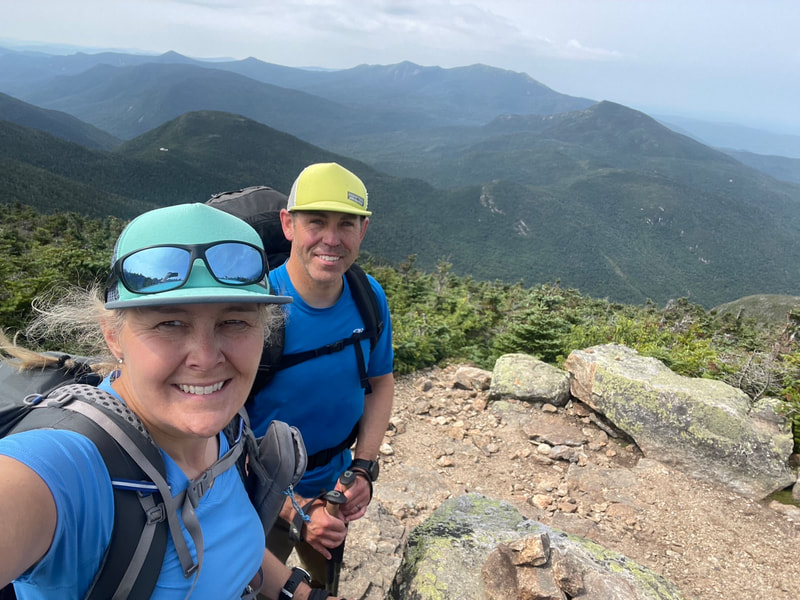
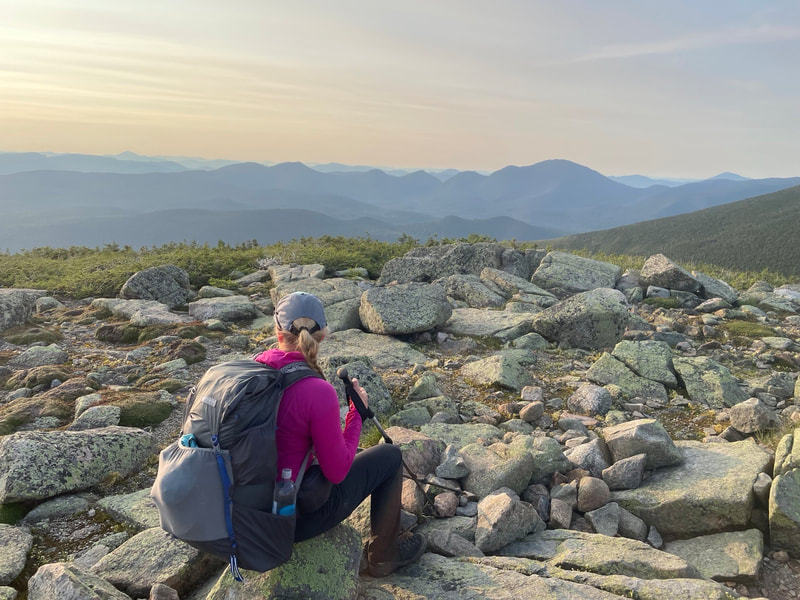
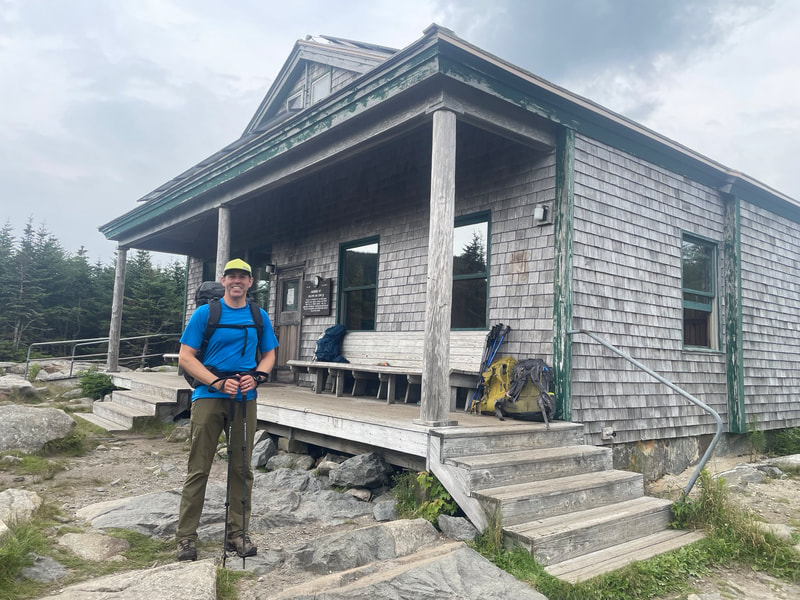
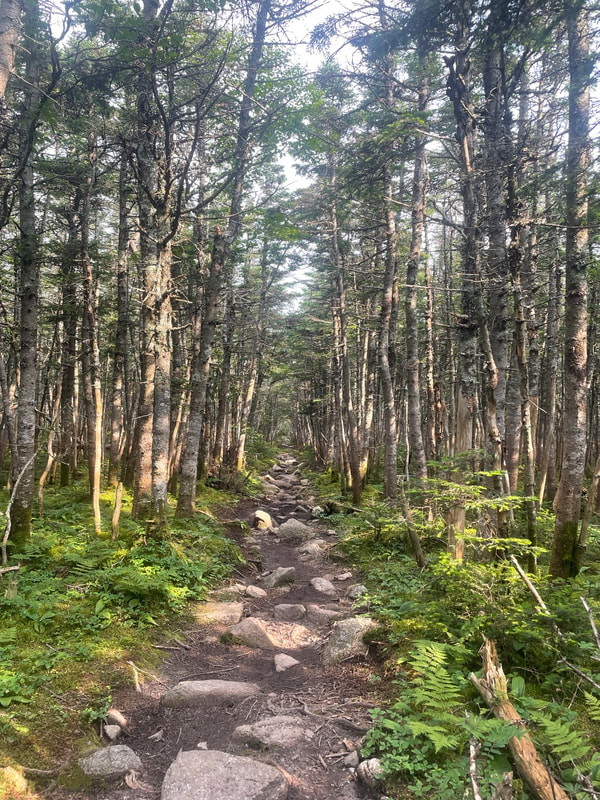
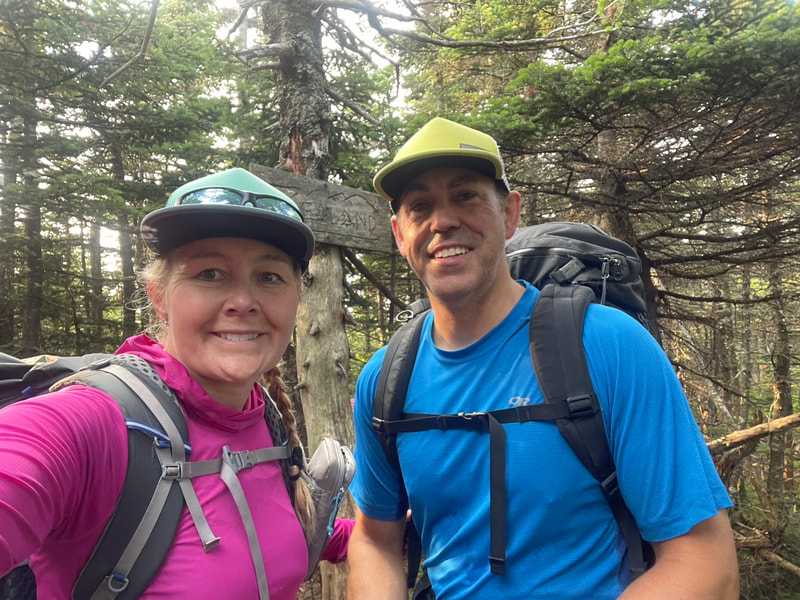
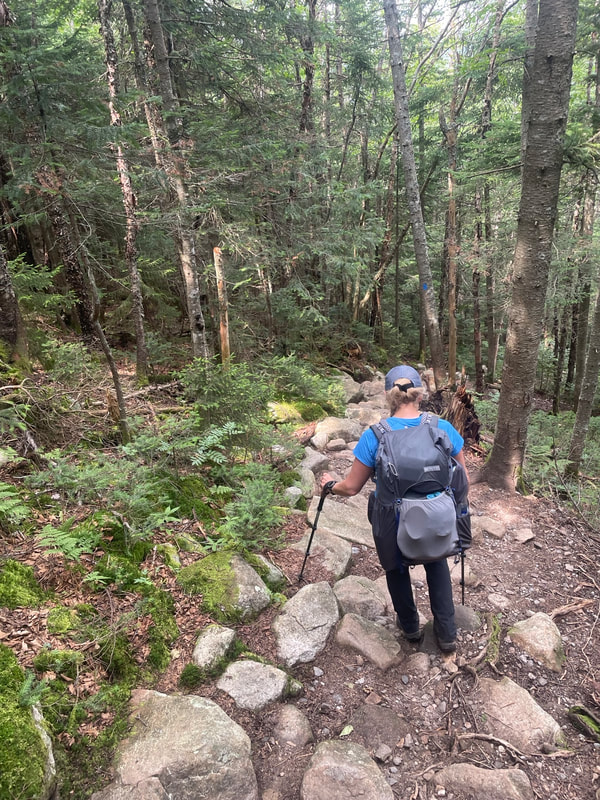
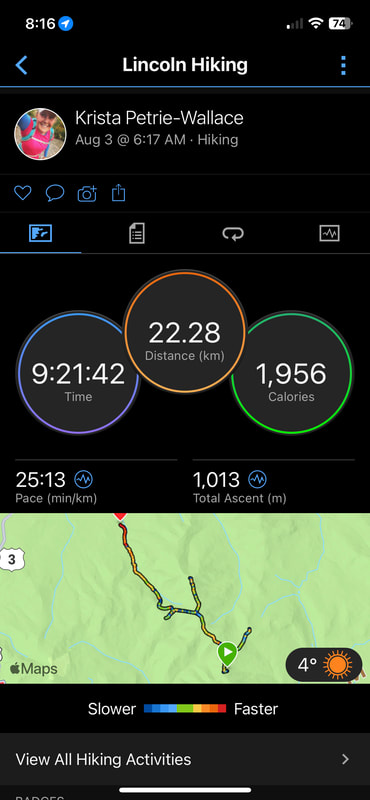
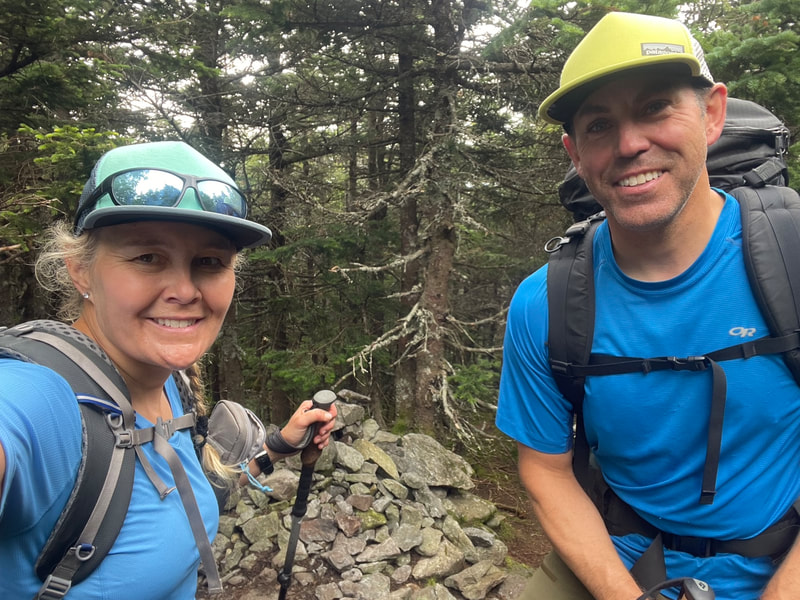
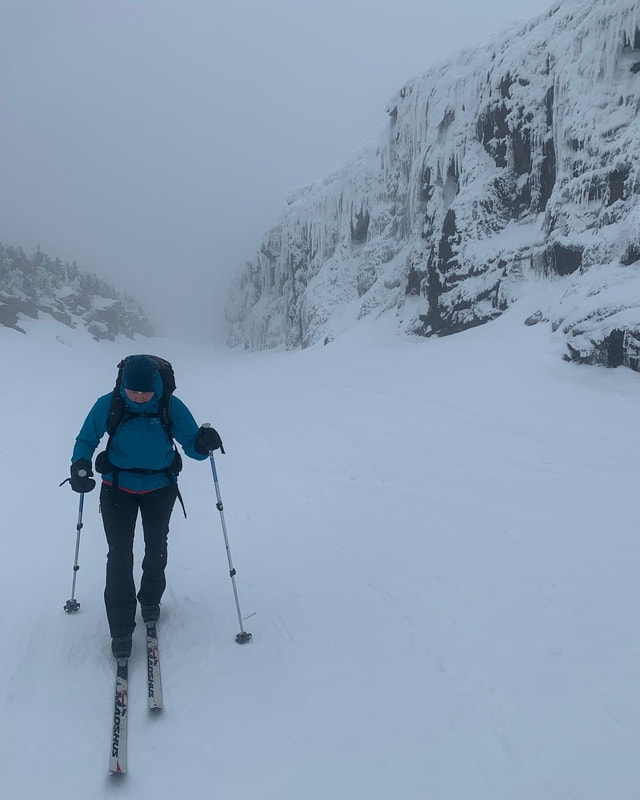
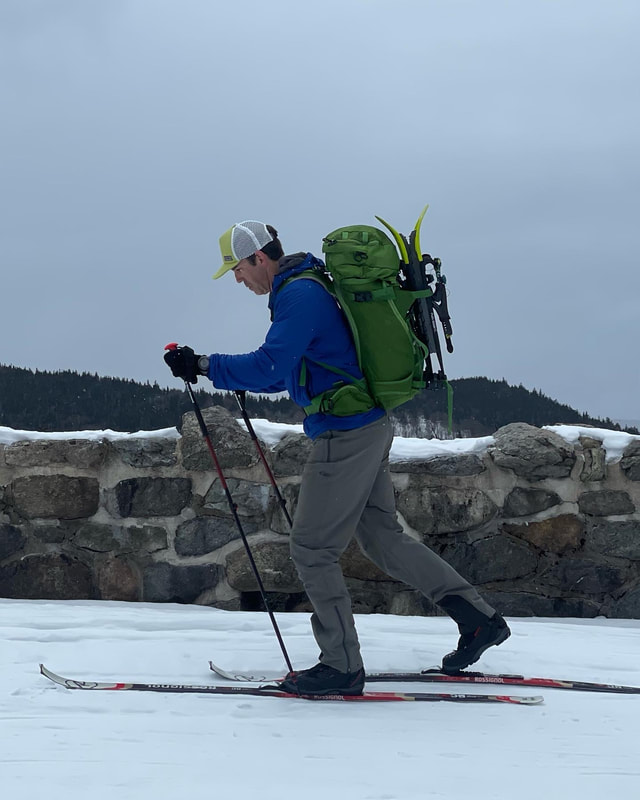
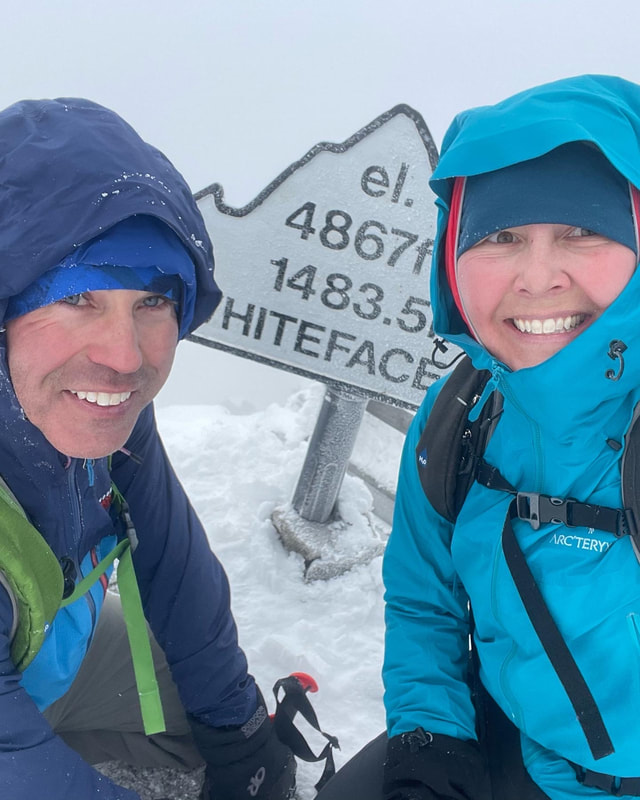
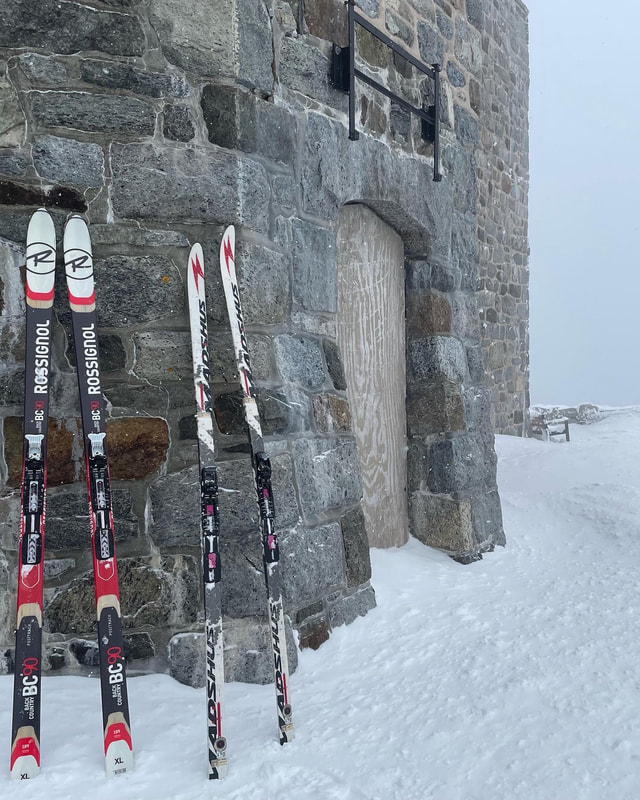
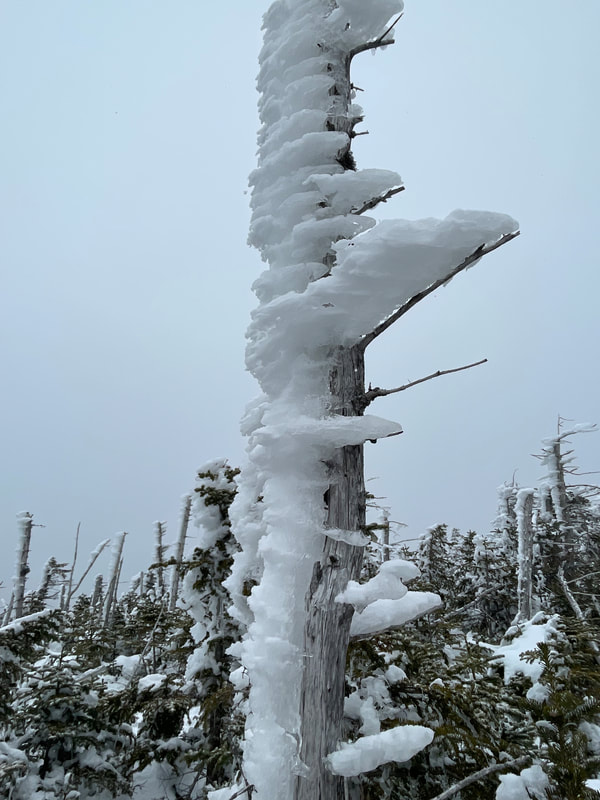
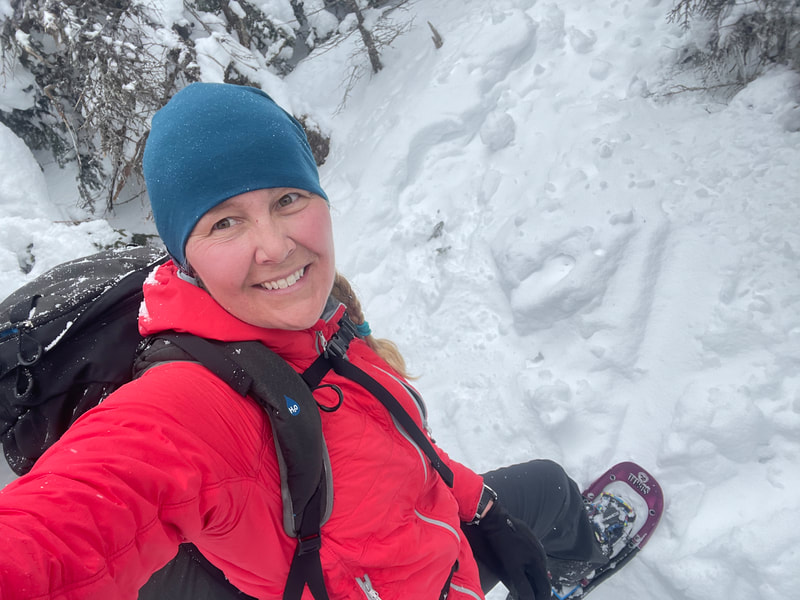
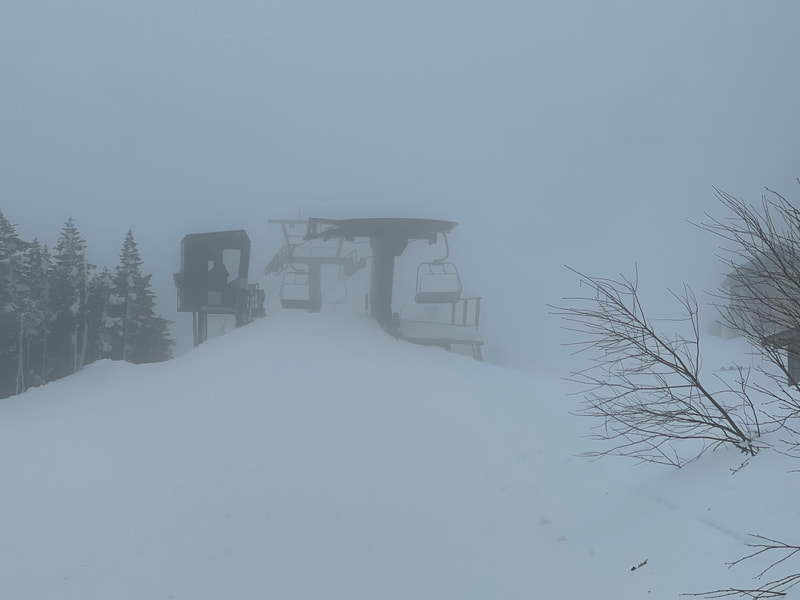
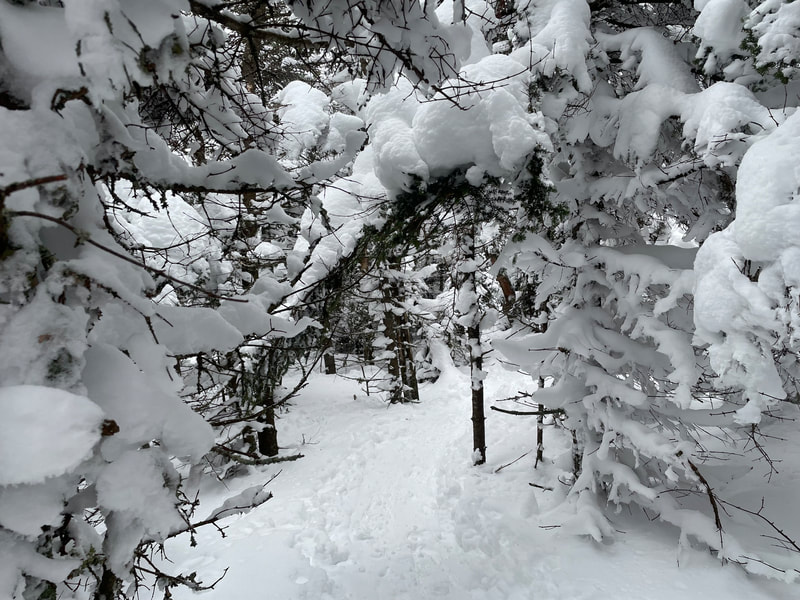
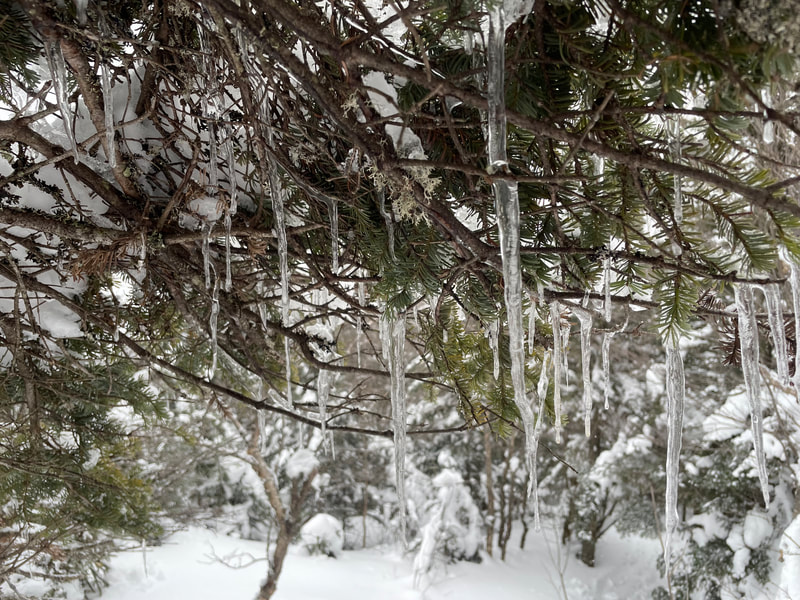
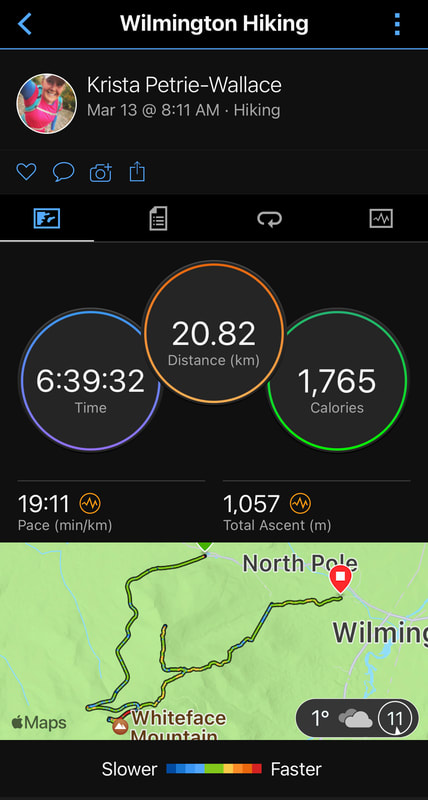
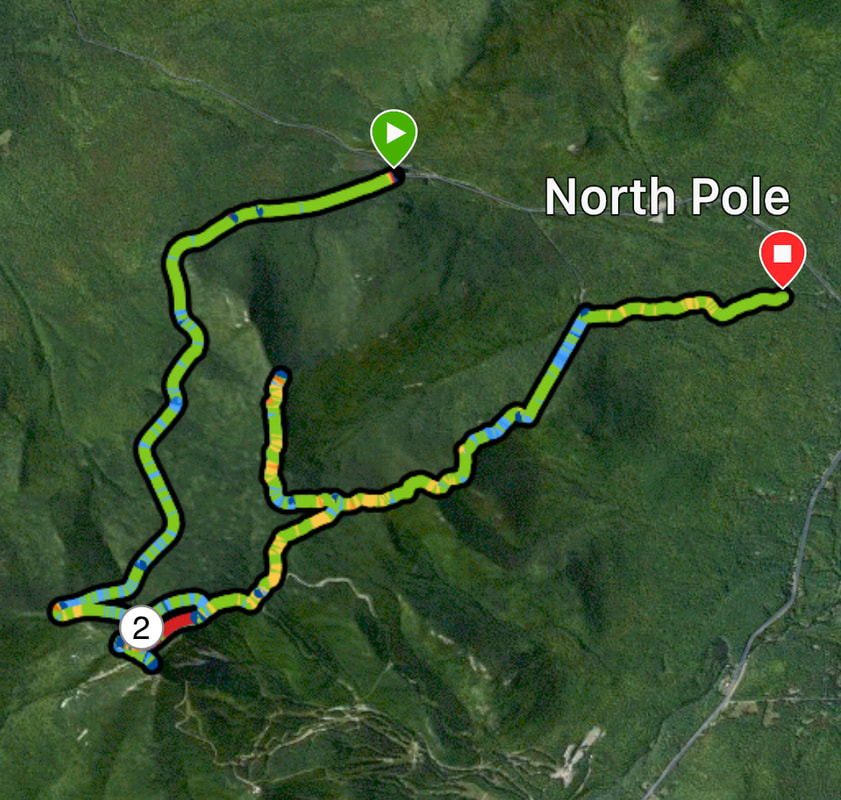
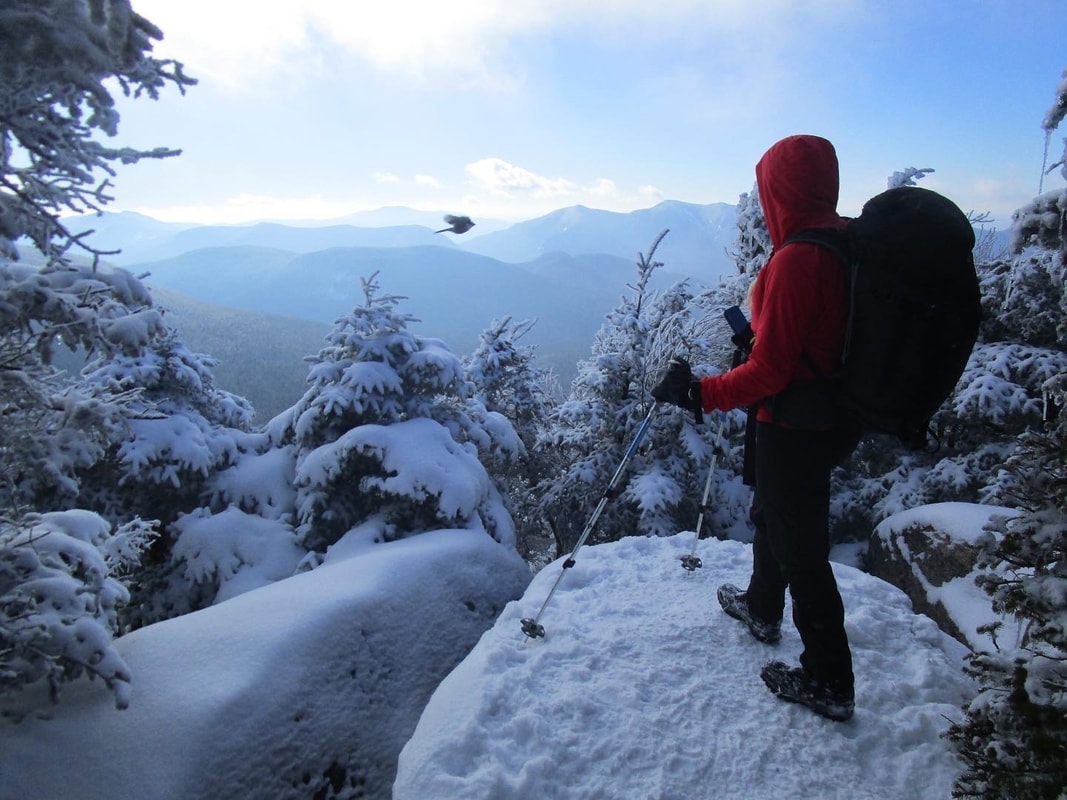

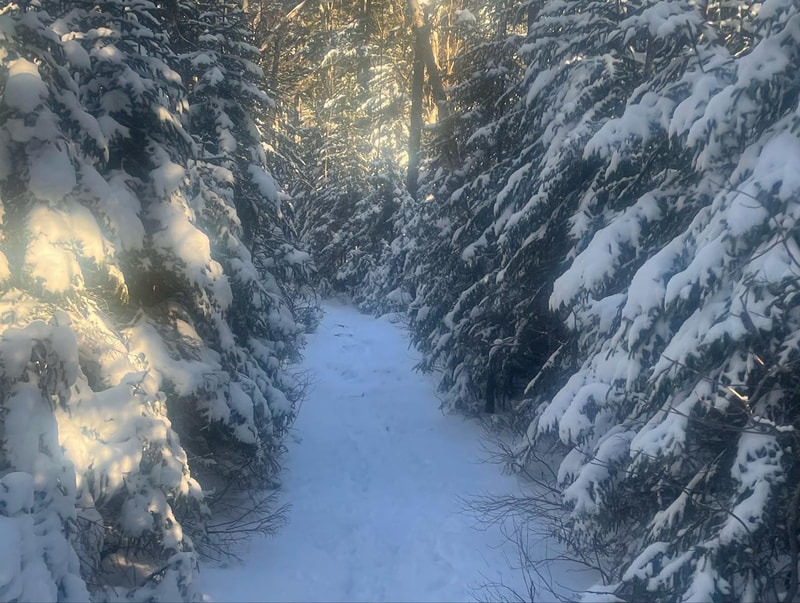


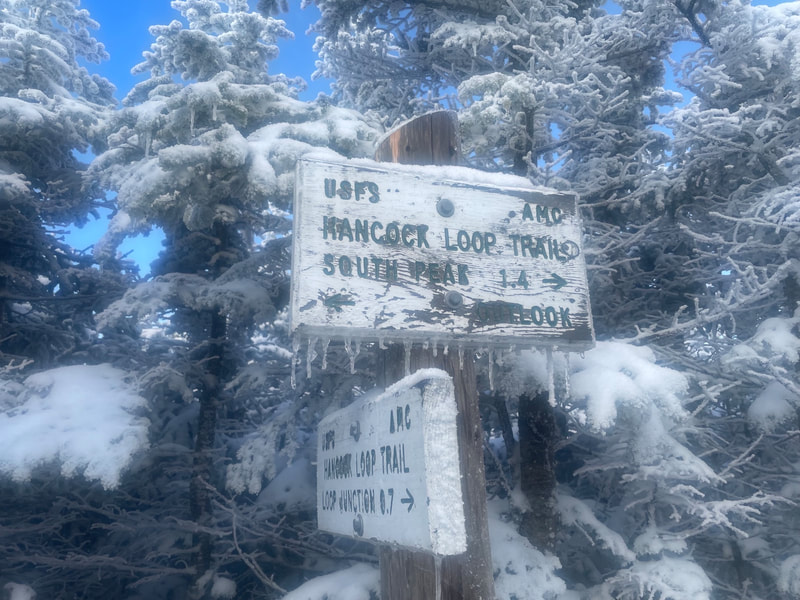

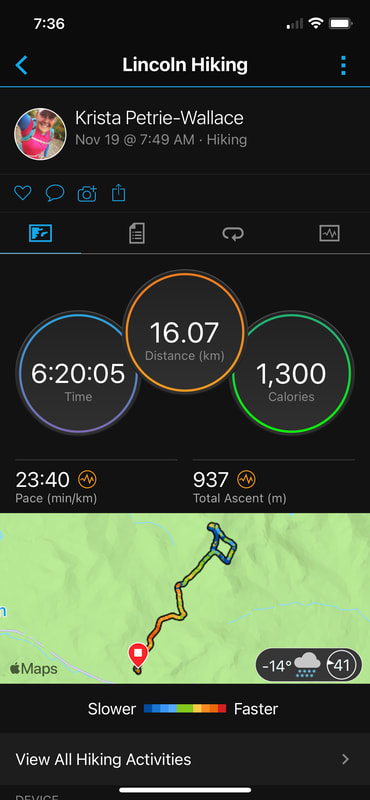
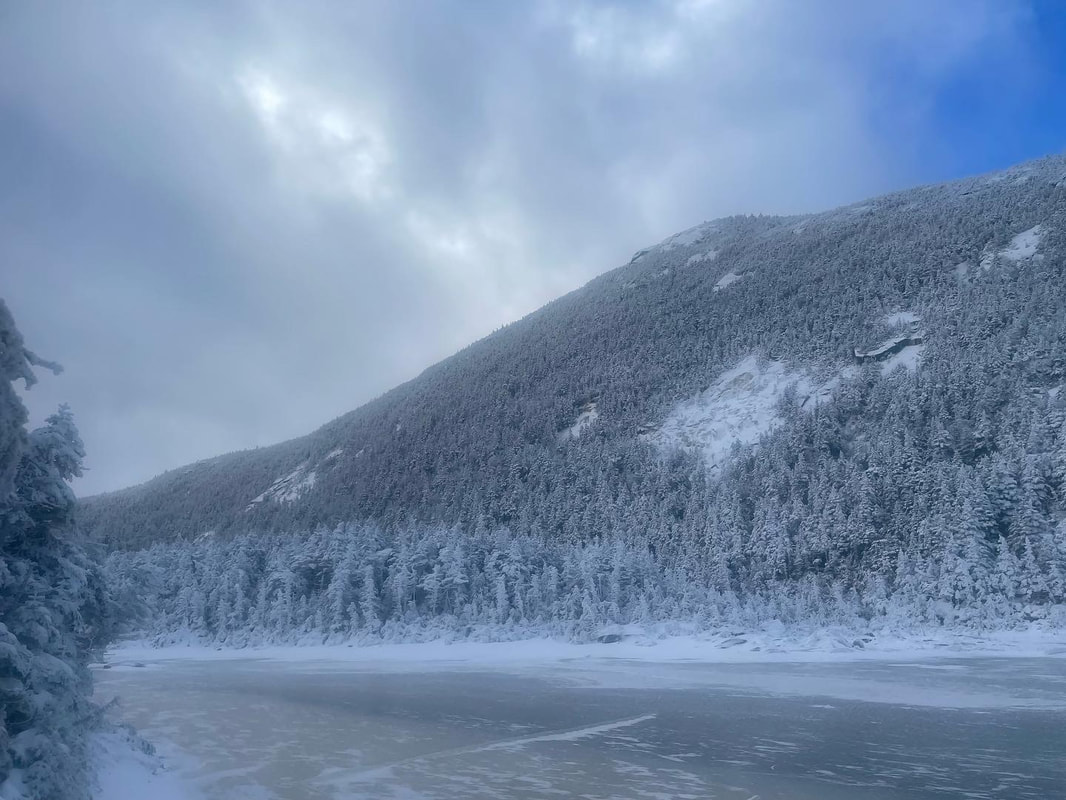






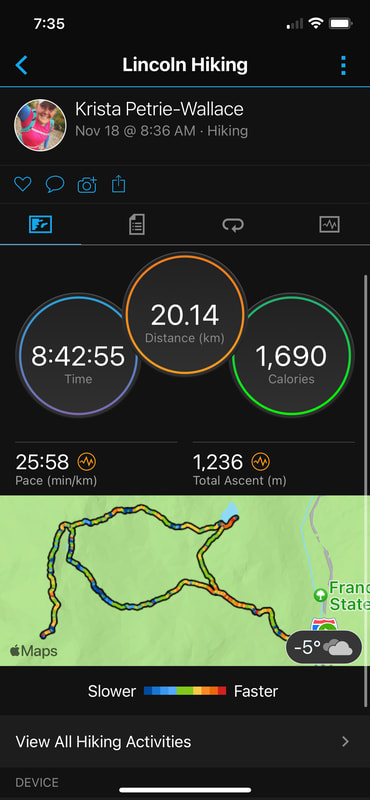
 RSS Feed
RSS Feed


